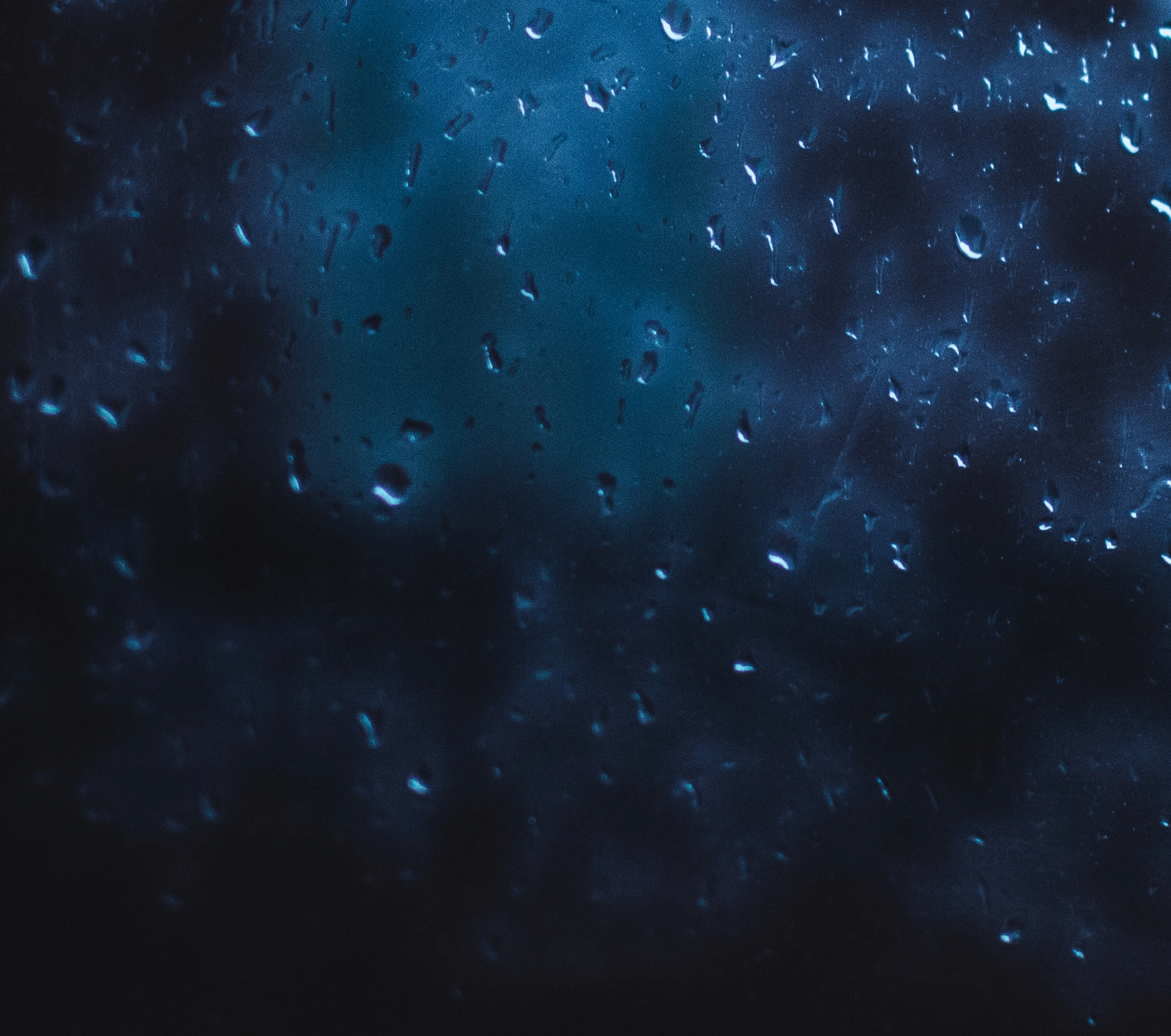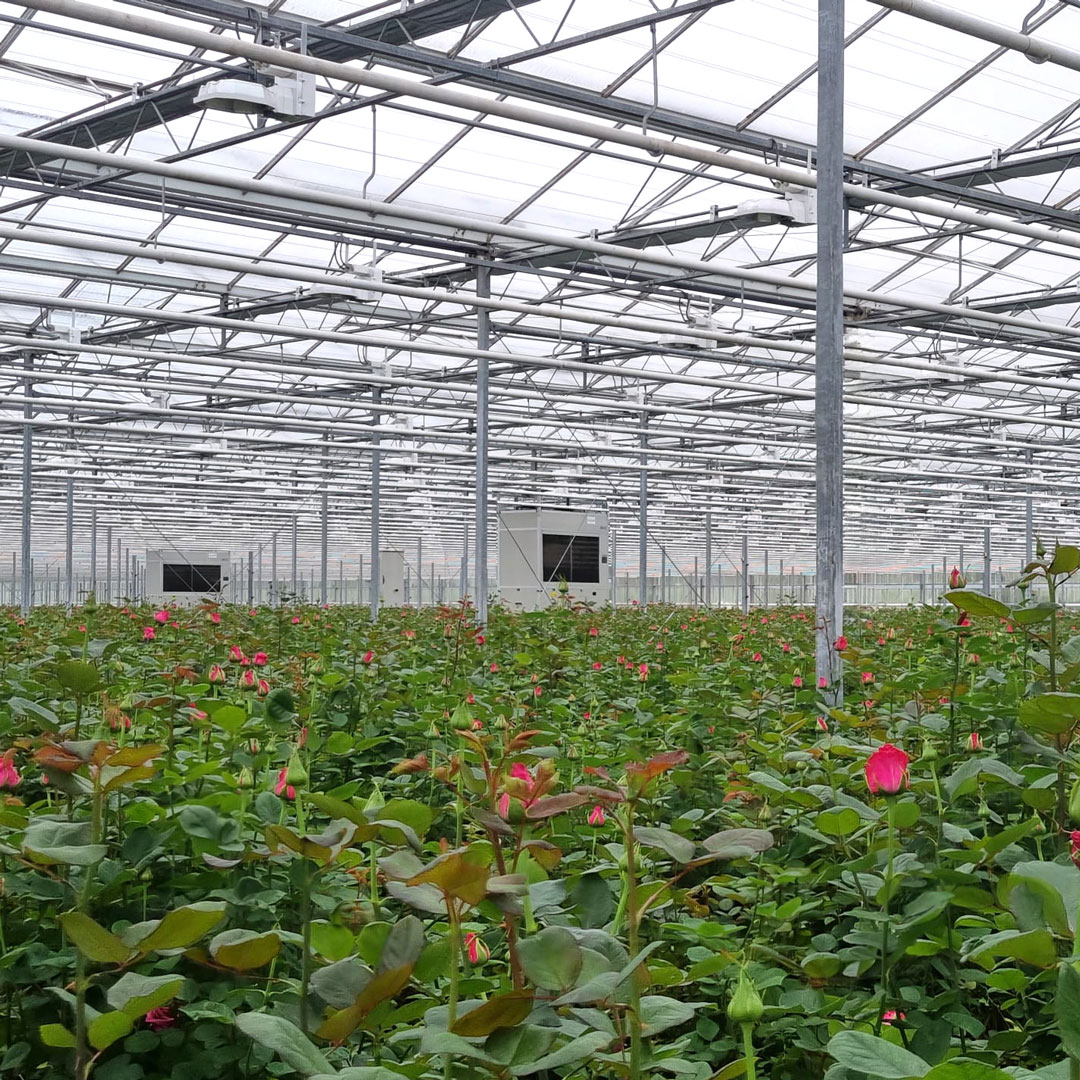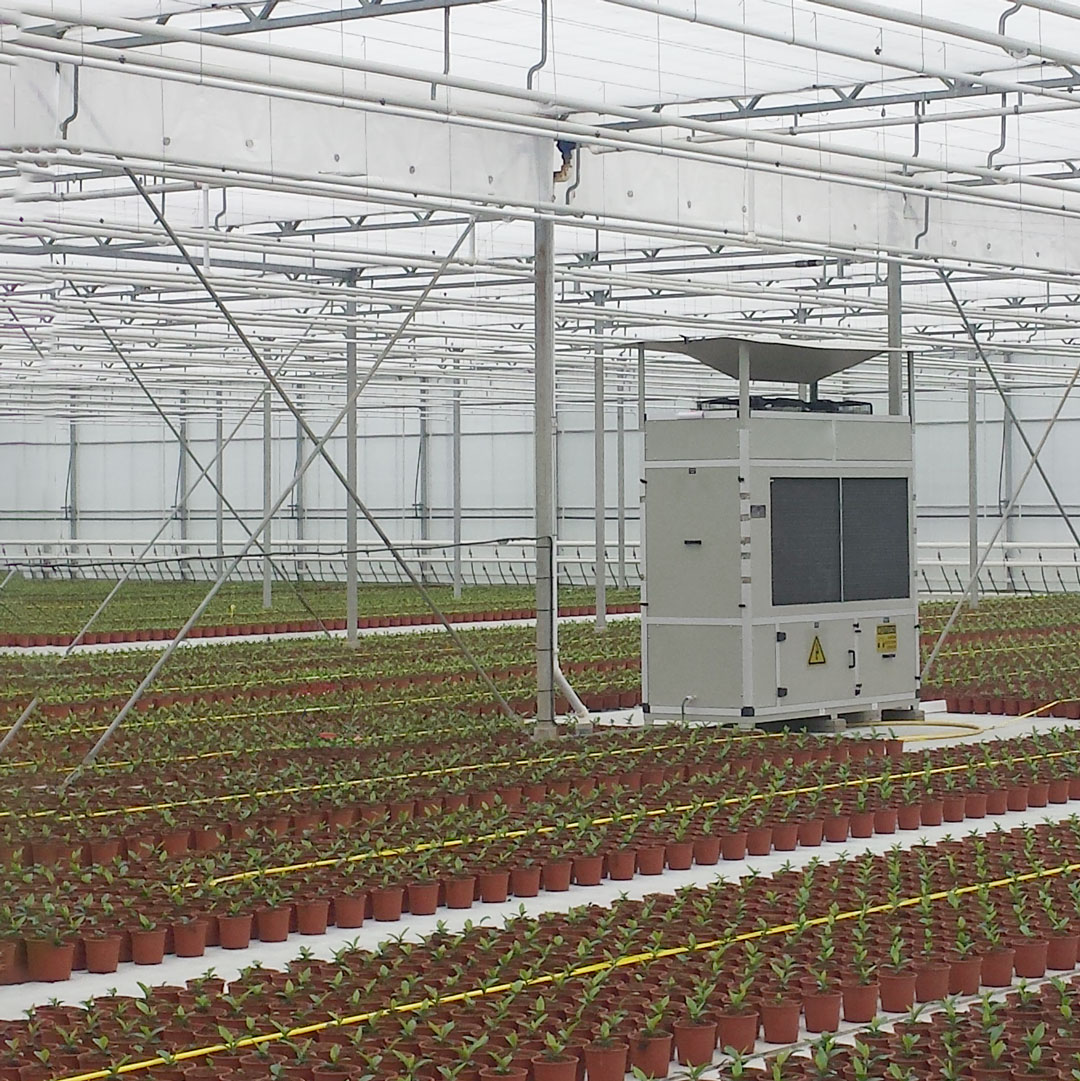What Is the Problem with Greenhouse Night Time Humidity?
Night time humidity control is critical in greenhouses and grow rooms. Most plants transpire water during the night, as well as during the day, which leads to high relative humidity.
This poses a threat of disease outbreaks and molds forming in almost any crop – including vegetables, flowers and cannabis. This is a problem that affects any controlled growing environment, from greenhouses to indoor grow rooms.
Do Plants Transpire During the Night?
Plants don’t photosynthesize during the night, when there’s no light. Which causes many people to think that they “shut down” and their physiological processes stop. But this isn’t the case.
During the night, plants still perform respiration, or in other words – breathe. This means that they open their stomate and release CO2, which causes water to evaporate.
While there’s no photosynthesis occurring, night time respiration still plays an important role in plant growth.
Why Is Night Time Humidity a Problem?
The problems with night time transpiration arise in closed growing environments, where humidity becomes trapped inside the space.
This means relative humidity can quickly reach the dew point – 100% saturation. Once this happens, water will start to condense on cooler surfaces, like greenhouse covers, metal railings or even the plants themselves.
High relative humidity, or low VPD, isn’t optimal and slows down plant growth. But more importantly, high humidity can lead to diseases and molds, like powdery mildew, Alternaria or botrytis.
Heating and Venting Can’t Solve Night Time Humidity
Plants don’t just transpire during the night. They perform respiration and release water vapor during the day as well. The difference is that during the day, growers can open their greenhouse or use ventilators to release the humid air. This is possible only if outdoor conditions allow it, meaning humidity is low, temperatures are comfortable, and it isn’t raining.
During the night, when the air is cold and humid, conditions aren’t fit for this task. The humidity in the greenhouse can’t just be released.
Another way growers attempt to reduce humidity overnight, is heating. Heating reduces relative humidity, by increasing the air’s ability to hold water vapor. This helps avoid condensation but isn’t always 100% effective.
The problem with heating, is that it doesn’t physically remove water vapor from growing space. So, once the heating is turned off and temperatures drop, humidity will spike aggressively. Moreover, heating isn’t always possible. On warm nights, heating can lead to the space being too hot. Controlling humidity is important, but you can’t forget to keep temperatures within optimal range too.
Another problem with heating is energy consumption. Whether using electrical or fuel-powered heaters, heating requires a lot of energy, which of course, means higher expenses.
So, if ventilating isn’t really an option, and heating isn’t always enough, what can you do to control night time humidity?
Using Dehumidifiers for Night Time Humidity Control
The best solution for night time humidity control is dehumidification.
Unlike heating or ventilating, using a dehumidifier is always possible. It doesn’t rely on comfortable outdoor conditions and doesn’t affect the temperature in the space, which should be regulated separately.
DryGair develops horticulture-dedicated dehumidifiers for greenhouses and indoor grow rooms, specifically for this purpose.
Dehumidifiers designed for cultivation conditions are the most efficient way to control humidity. They can effectively keep relative humidity within optimal range, without losing expensive heat to the outdoors, or coupling humidity and temperature control, which leads to inefficiencies.
Of course, dehumidifiers aren’t a substitute to heating or cooling systems. Rather, they can integrate perfectly with HVACs to provide a complete climate control solution.
Using a DG dehumidifier offers several advantages for cultivation:
- Efficient water extraction for complete humidity control and disease prevention – 45 liters (12 gallons) per hour
- Close the space and treat humidity inside
- Achieve uniform humidity and temperatures with patented air circulation module
- Save up to 50% on energy
- Reuse the water removed by DG




